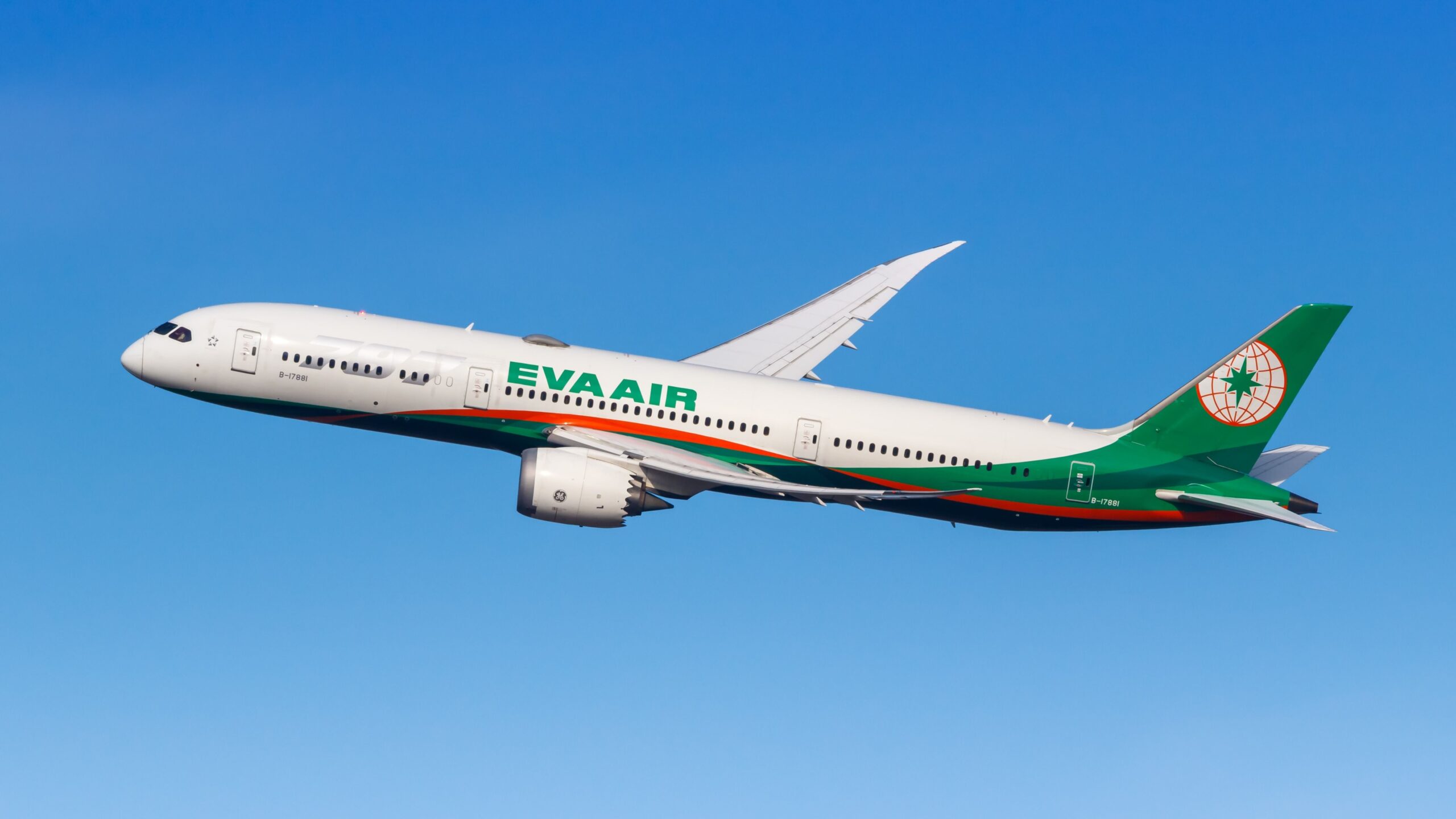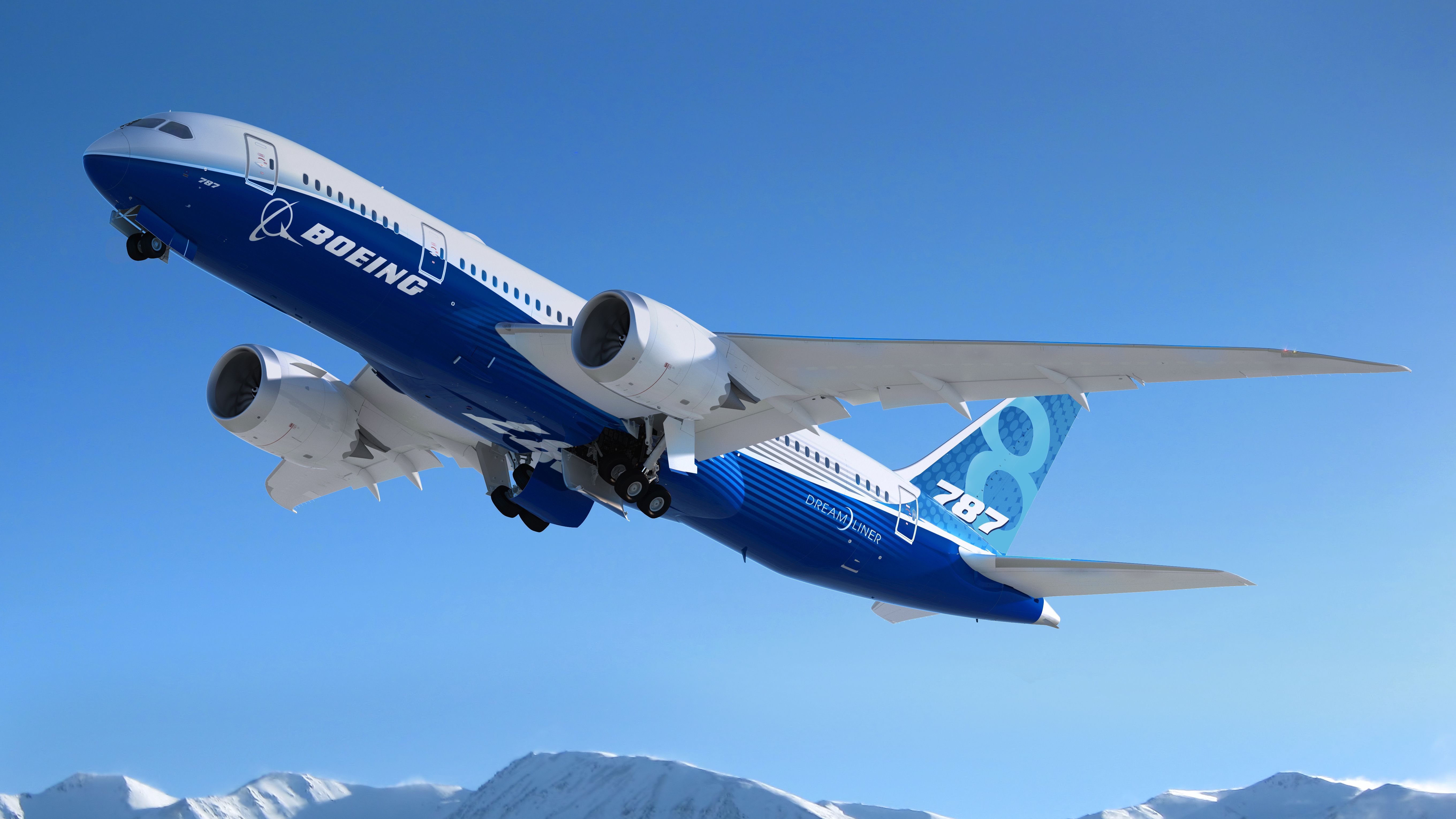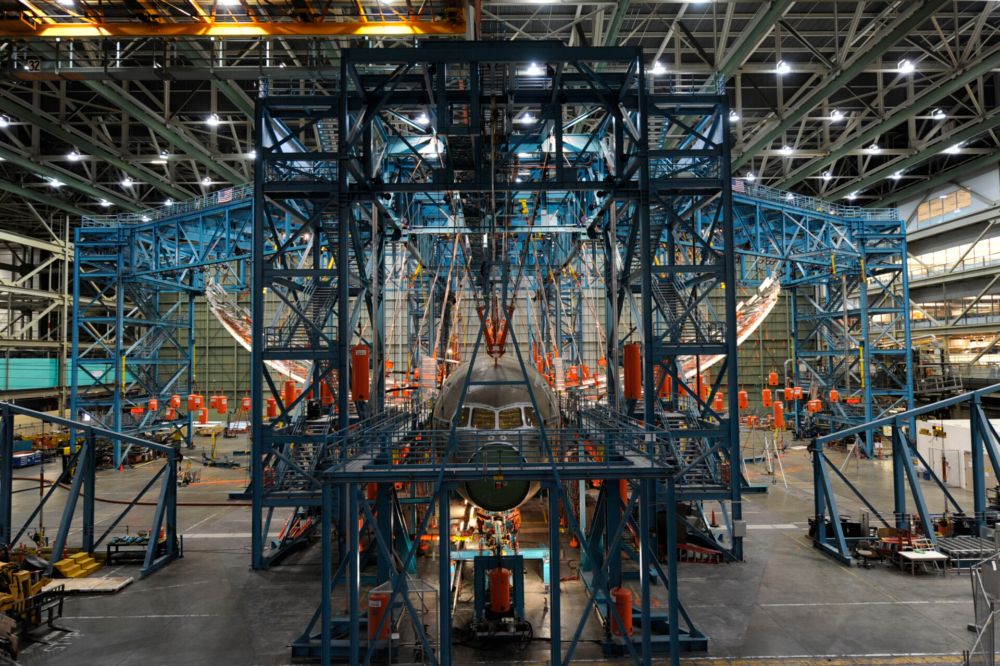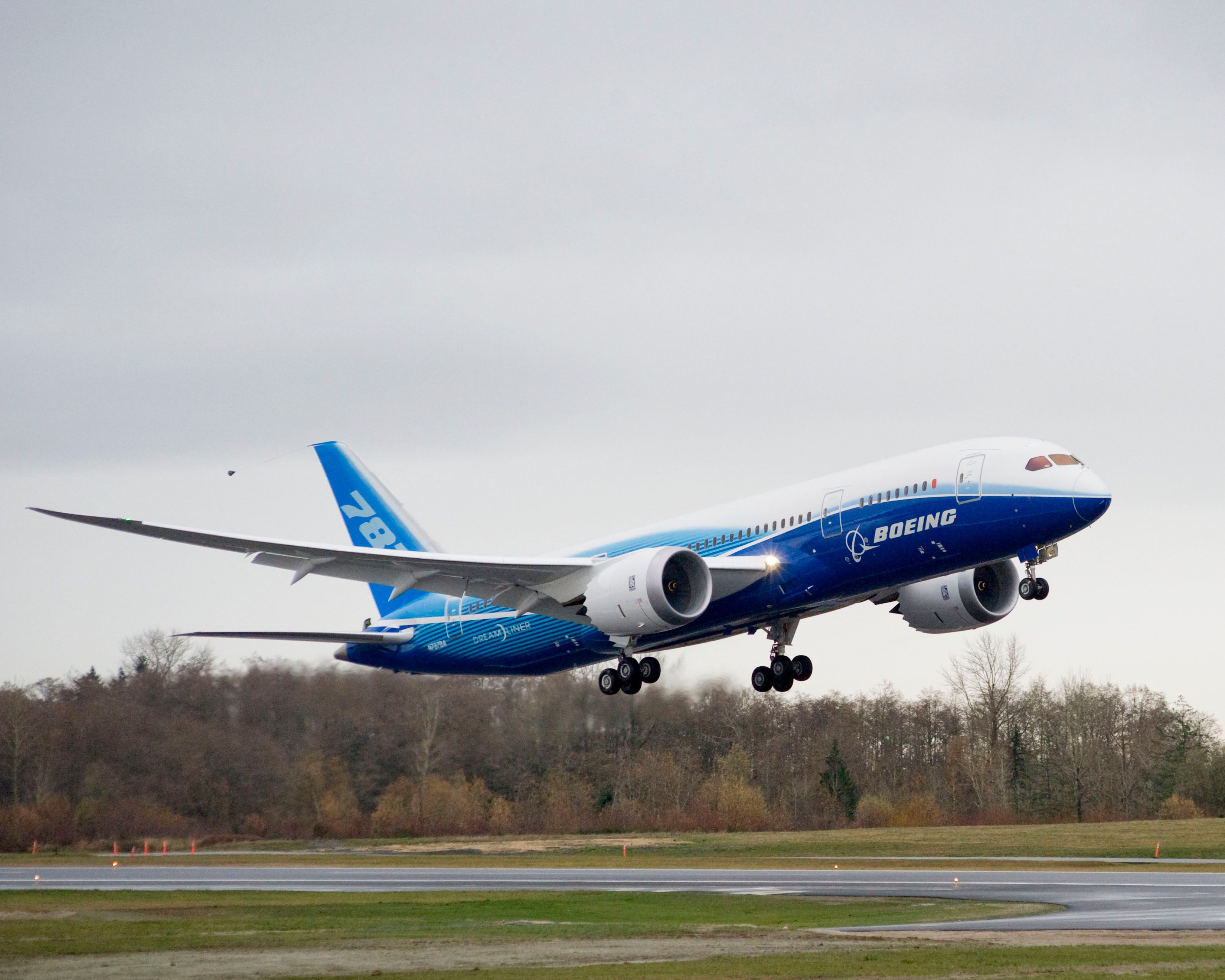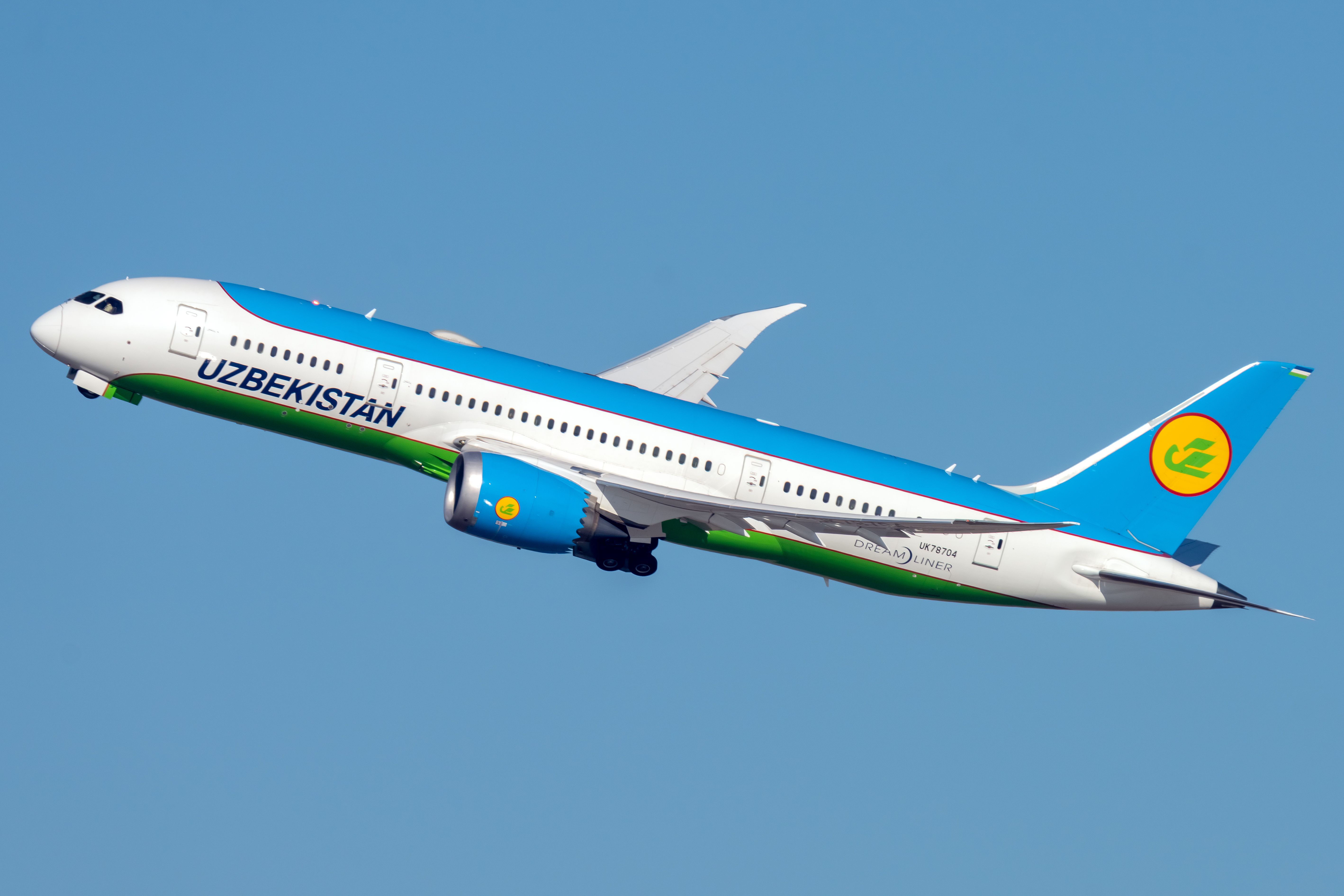Summary
- The Boeing 787’s wing can flex up to 25 feet due to composite materials, enhancing efficiency and passenger comfort.
- Extreme testing replicated 150% of aircraft’s severe forces, proving the design’s strength and durability.
- Turbulence forecasting site Turbli crowned the 787-9 the best aircraft for handling turbulence due to its wing loading and flexibility.
Have you ever noticed the wing flex of a Boeing 787 Dreamliner? Whether you are flying on one and sitting over the wing or just planespotting nearby an airport, you would notice that the Dreamliner wing flexes by several feet, particularly at high angles of attack (during takeoff). Do you know how much it can actually flex and the reason behind the functionality? This article delves deeper into why and by how much the 787 Dreamliner wing can flex.
Extreme testing results
- Use of carbon fiber material
- High levels of flexibility
- Allows load changes and wind gusts to be dampened
- Reduced air turbulence
- Resulting in an overall smoother flight
In March 2010, Boeing completed its spectacular “ultimate-load wing-up bending test.” In this test, Speed News notes that extreme loads were applied to the airframe, replicating 150% of the most severe forces an aircraft could expect to encounter in service. Wired notes that the test aircraft was essentially built to be “tortured on the ground and never fly.” So what was the result of this extreme test?
Subjecting the Boeing 787’s wing flexibility to near extremes, Boeing flexed the Dreamliner’s wings upward by approximately 25 feet (7.6 meters) during the test. A video of this extreme test can be seen below:
With this number being on the extreme end of the Dreamliner wing’s flexibility, we can safely say that typical flights with this type of aircraft (and essentially every other commercial jet) will experience much less flex. Even if the flex is much less, it’s an amazing sight to see, as Simple Flying photographer Vincenzo Pace can attest to – especially when these birds are banking on the Canarsie Departure.
Photo: Boeing
Made possible by composite materials
The flexibility of the 787’s wings is made possible with the use of composite materials, including CFRP, or carbon fiber reinforced polymer (CFRP). Boeing notes that approximately 50% of the Dreamliner’s wings comprise this composite material. Not only are wings more flexible, leading to a smoother ride, but they are also lighter- resulting in less fuel burn and greater efficiency, as Boeing explains:
“[Composite materials] allow a lighter, simpler structure, which increases airplane efficiency, reduces fuel consumption and reduces weight-based maintenance and fees. They do not fatigue or corrode, which reduces scheduled maintenance and increases productive time.”
A smooth ride
The most innovative and efficient airplane family flying today, boasting:
- Comfort and convenience for passengers
- Profitability and flexibility for airlines
- Exceptional environmental performance for everyone
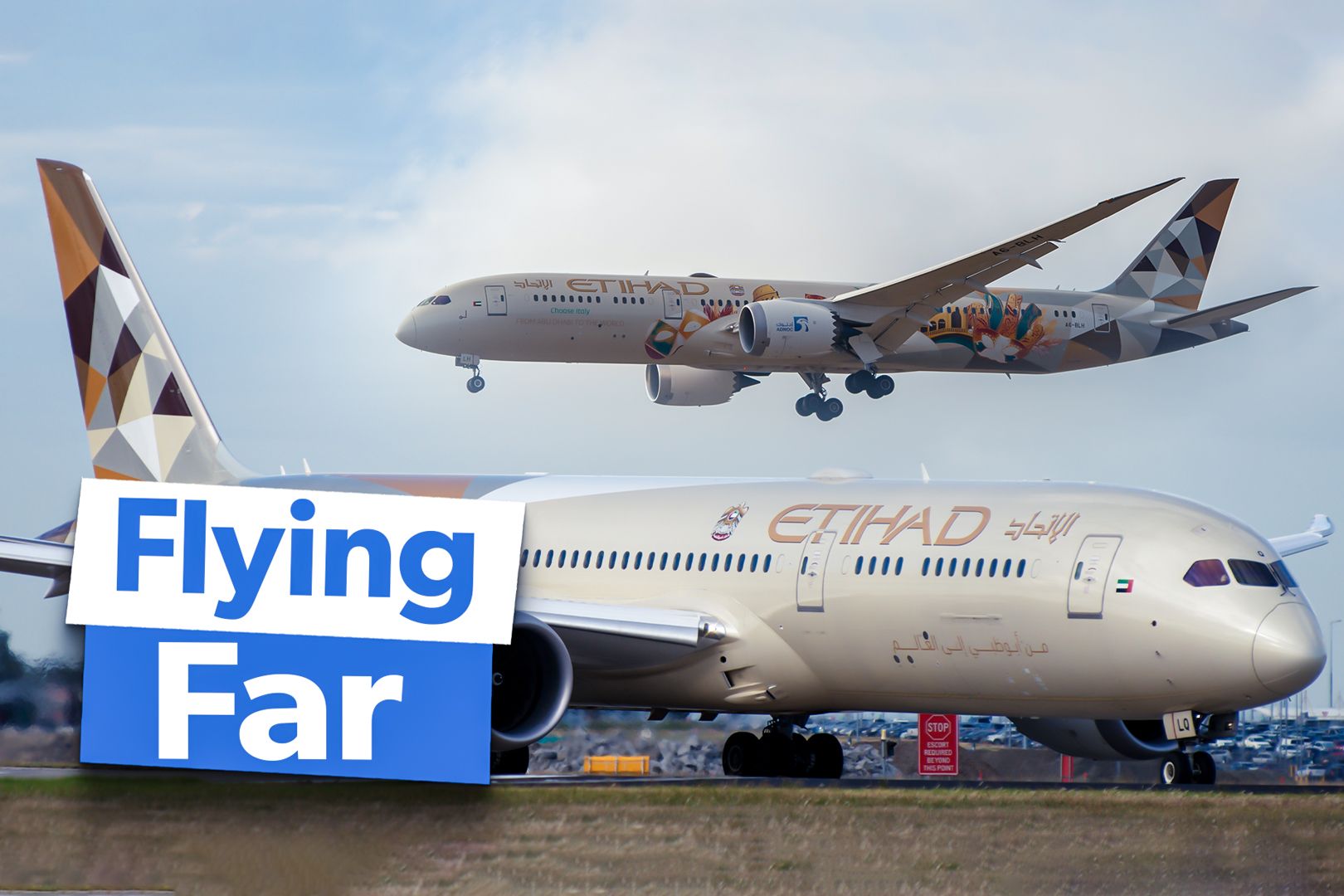
Related
Top 5: These Are Etihad Airways’ Longest Boeing 787 Dreamliner Routes
Capacity on some routes is shared by two different aircraft types.
The 787’s wing flexibility isn’t just incredible to watch. Indeed, this aspect is also a massive benefit for passengers, and particularly welcome among those more prone to sickness caused by a bumpy ride. Analyzing various factors, including wing loading, gust alleviation, and wing flex, turbulence forecasting website Turbli crowned the Boeing 787-9 as the best aircraft to handle turbulence.
Photo: Boeing
Turbli notes that the aircraft features one of the largest wing loading ratios for commercial aircraft: 750 kg per square meter. Wing loading is the total mass of the plane divided by the wing’s surface area. “For comparison, the wings can take twice much weight per square meter than those of an Embraer ERJ-175,” it adds.
Add to this the 787’s incredible flex (an aspect ratio close to 11) and an advanced gust alleviation system, and passengers can keep the air sickness bag neatly tucked away in the seat pocket. This is likely to be a factor in its popularity.
A much-loved design
|
Boeing 787-8 |
Boeing 787-9 |
Boeing 787-10 |
|
|
Seating |
248 |
296 |
336 |
|
Range |
7,305 NM (13,530 km) |
7,565 NM (14,010 km) |
6,330 NM (11,730 km) |
|
Configuration |
Twin Aisle |
Twin Aisle |
Twin Aisle |
|
Cross-section |
226 in (574 cm) |
226 in (574 cm) |
226 in (574 cm) |
|
Wingspan |
197 ft (60 m) |
197 ft (60 m) |
197 ft (60 m) |
|
Length |
186 ft (57 m) |
206 ft (63 m) |
224 ft (68 m) |
|
Height |
56 ft (17 m) |
56 ft (17 m) |
56 ft (17 m) |
|
Cruise speed |
Mach 0.85 |
Mach 0.85 |
Mach 0.85 |
|
Total cargo volume |
4,400 ft3 (125 m3) |
5,400 ft3 (153 m3) |
6,200 ft3 (175 m3) |
|
Maximum Takeoff Weight (MTOW) |
502,500 lb (227,950 kg) |
561,000 lb (254,700 kg) |
560,000 lb (254,000 kg) |
As of December 2023, there were a total of 1,113 Boeing 787 Dreamliner aircraft in airline service, across all variants.
- Boeing 787-8: 397
- Boeing 787-9: 619
- Boeing 787-10: 97
The largest operators of Dreamliner jets are All Nippon Airways (82), United Airlines (71), American Airlines (59), Qatar Airways (47), and Japan Airlines (46).
Photo: Vincenzo Pace | Simple Flying
Notably, more than half are accounted for by the mid-size 787-9 variant, with 619 aircraft across 48 operators. Meanwhile, there were also 397 active 787-8s and 97 active 787-10s in the world.

Related
Which Boeing 787 Variant Is The Most Popular?
Boeing has produced three different versions of the Dreamliner.
What do you make of the Boeing 787? Have you ever noticed its wing flex while flying on one? Let us know your thoughts and experiences in the comments.

